Five Things You Should Know About the Final IPCC report
With the IPCC Synthesis Report issuing a stark warning to the world about the dire consequences of inaction in the face of the climate emergency, it is imperative to accelerate adaptation for the most vulnerable communities.
T
here is no turning back. The world is already facing the devastating consequences of climate change and any further delay in global action will slam shut a narrowing window of opportunity to keep the planet from becoming unlivable, scientists warn in the latest report by the Intergovernmental Panel on Climate Change (IPCC).
The IPCC, the world’s leading body of climate researchers, released a Synthesis Report on 20th March 2023 that delivers a decisive warning about the consequences of inaction in the face of the global climate emergency.
Not only is the world going to experience increased heat waves, droughts and flooding but if temperatures continue to rise and global warming crosses the threshold of 1.5 degrees Celsius set in the Paris Agreement, heat could become life-threatening and there will be irreversible consequences. Species will become extinct, people will suffer, glaciers will melt, and ecosystems will collapse.
UN Secretary-General António Guterres referred to the latest IPCC report, approved by 195 governments, as a “how-to guide to defuse the climate time bomb” and “a survival guide for humanity.”
The Synthesis Report is the fourth and final instalment of the IPCC’s Sixth Assessment Report, and it integrates the key findings of six previous reports issued by the IPCC since 2018. The IPCC takes roughly six to eight years to compile every round of assessments, so this Synthesis Report may be the Panel’s last warning this decade.
While the final report may not do much to relieve eco-anxiety, it offers a global ultimatum, shedding light on the possibilities that still remain to avoid the worst. One of its key takeaways is that we must accelerate efforts to adapt to the changing climate while urgently reducing carbon emissions and our dependency on fossil fuels.
To understand the critical nature of this call to action and the challenging path that lies ahead, at the Global Center on Adaptation (GCA), the only international organization dedicated entirely to climate adaptation, we have compiled a list of five things you need to know about the IPCC Synthesis Report and what we are and should be doing about it.
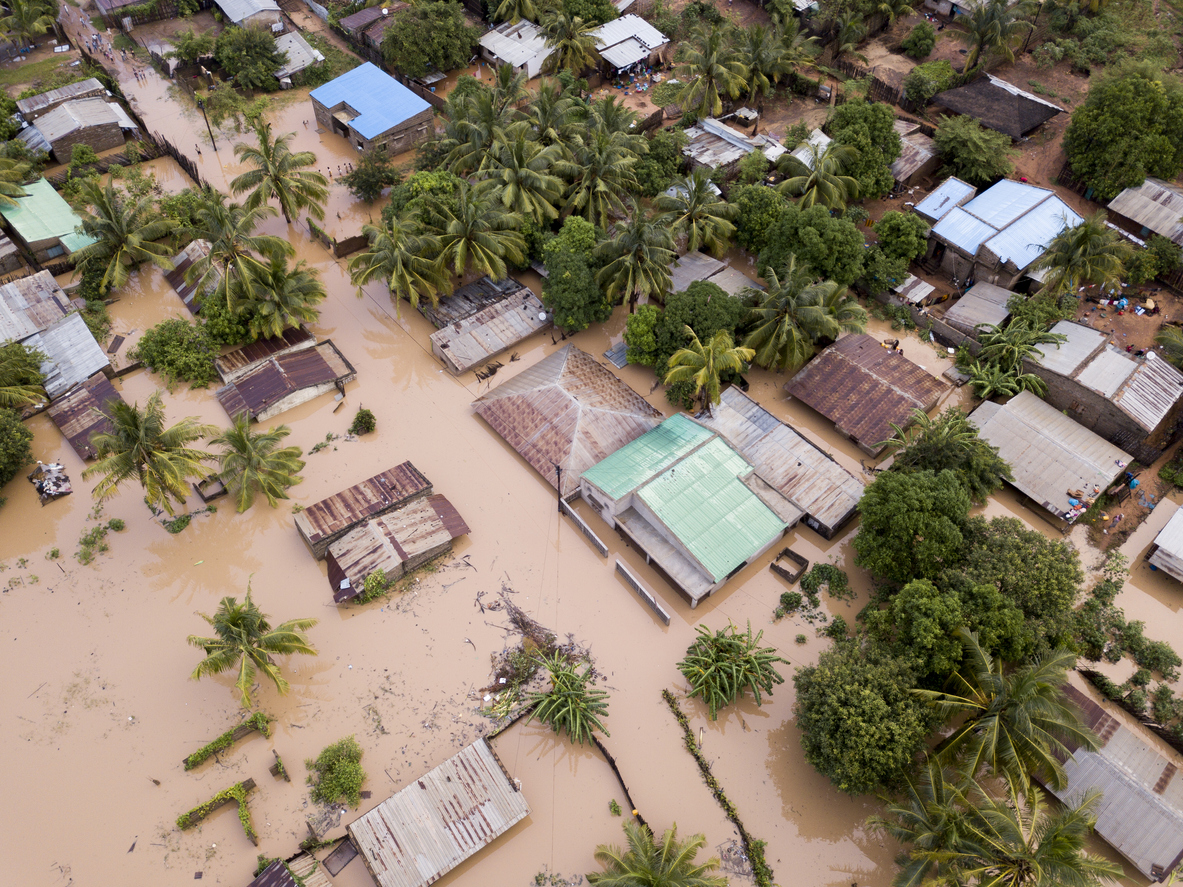
1. Climate change is not a future threat, it is happening now. We must act and adapt.
The IPCC report points out that roughly half of the world’s population already experiences severe water scarcity part of the year due to climate change. Food is also scarce, particularly in the world’s most vulnerable regions and this can hinder progress towards achieving the Sustainable Development Goals (SDGs). Climate change has also triggered massive displacement in vulnerable parts of the world, for instance, in some regions of Africa.
GCA’s most recent State and Trends in Adaptation reports focus on adaptation in Africa, and show that the cost of action on climate adaptation of agriculture and food systems is less than a tenth of the cost of inaction in Sub-Saharan Africa. In-depth research by GCA further reveals that large-scale adaptation in the agriculture sector, through adoption of improved crop varieties or implementation of soil and water conservation measures, by countries like Kenya, Mali, Nigeria and Senegal can mitigate the impact of climate shocks on the macro-economy.
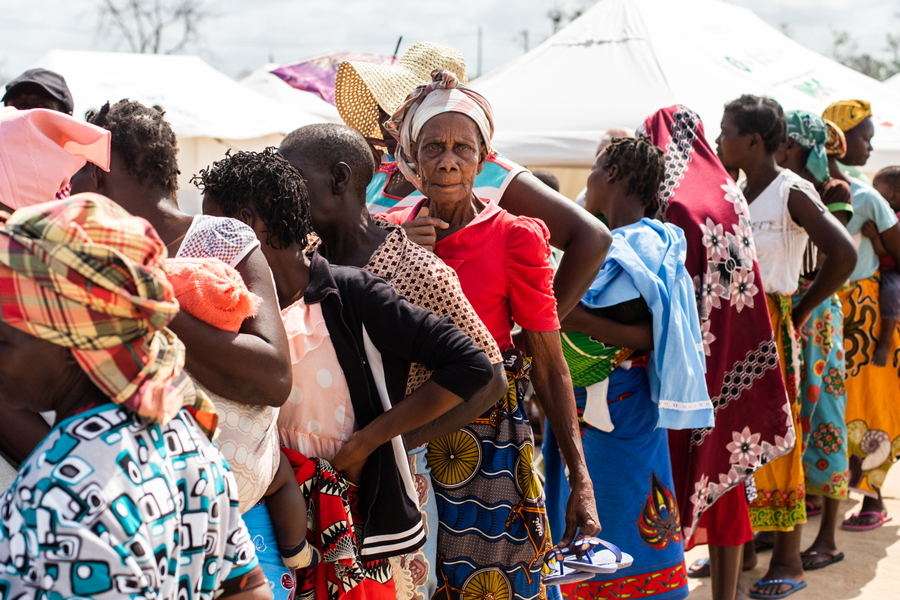
2. For climate change, the impacts are not borne equally. Africa is especially vulnerable.
While climate change is going to affect every inhabited corner of the world, it is going to hit certain vulnerable regions much harder, according to IPCC scientists – with climate emergency is hitting Africa especially hard. GCA’s Adaptation Knowledge Portal allows users to explore locations that are severely affected by climate change and also adds to the understanding of why this is so.
In spite of its negligible carbon emissions, Africa remains one of the most vulnerable regions to climate change. From 1991 to 2020 there were about 50 reported disasters per year across Africa, with floods contributing to two out of three events. The number of floods in Africa has increased five-fold since the 1990s, according to GCA’s 2021 State and Trends Report.
The Covid-19 pandemic worsened Africa’s situation and plunged the continent into its first recession in 25 years. Africa’s GDP losses could amount to as much as US$500 billion and economic growth will be slowed for years to come.
Women and youth tend to bear the brunt of the climate emergency. In Africa, after Cyclone Idai struck Mozambique, Malawi and Zimbabwe in 2019, 75,000 pregnant women were left without reproductive health services, sanitation and clean water.
GCA focuses its work on the world’s most vulnerable communities and its largest program, the Africa Adaptation Acceleration Program (AAAP) is scaling up adaptation in the African continent. GCA is also expanding its adaptation support to South Asia and Small Island Developing States.
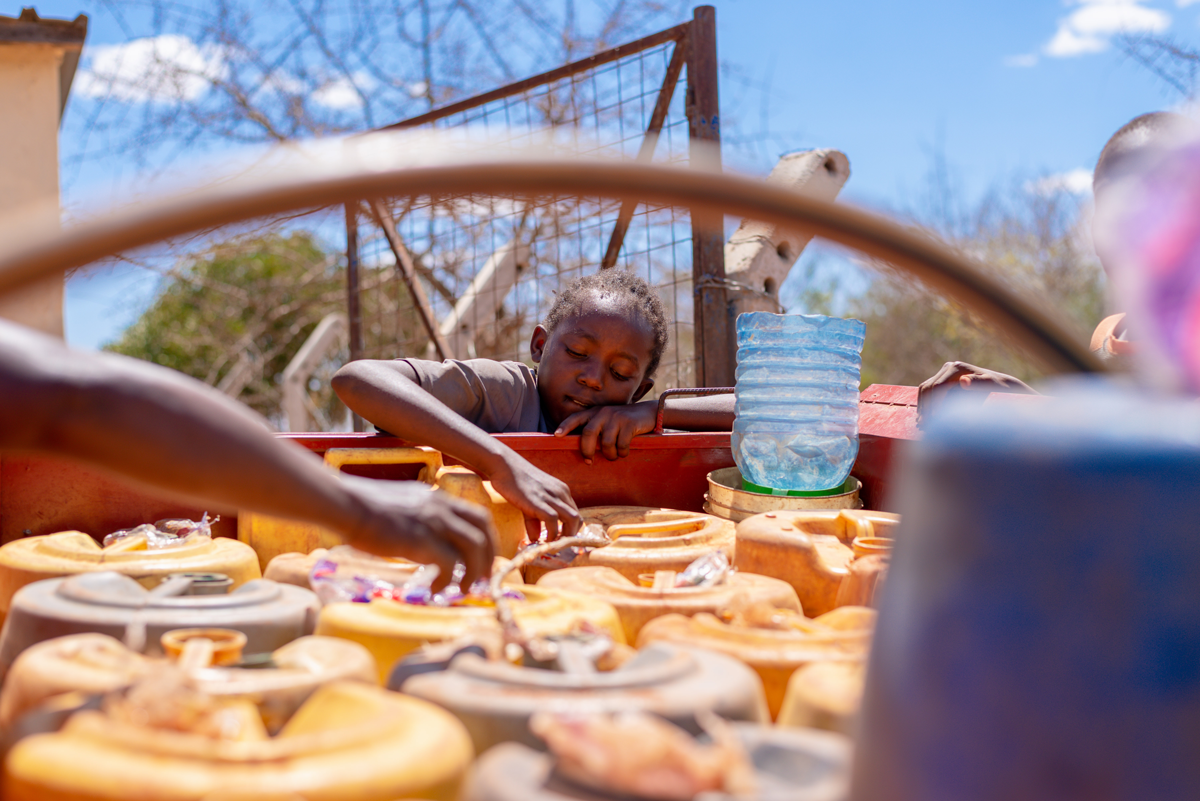
3. We know what we need to do but we aren’t doing it yet – financing for climate adaptation is insufficient.
Insufficient financing constrains the implementation of adaptation initiatives, particularly in low-to-middle income countries, the report says.
Indeed, in 2019 and 2020, global climate adaptation finance flows were $46 billion on average, far below the estimated annual $180 billion needed from 2020 to 2030.
“Adaptation efforts to date have been under-funded, uncoordinated, unequal and lack the boldness we need. The rich countries cannot leave the world’s most vulnerable out to dry,” said GCA CEO Prof. Dr. Patrick Verkooijen, adding that “time is running out to stop the forces driving a new climate apartheid.”
Over the next five years, GCA’s AAAP aims to mobilize $25 billion for adaptation investments in Africa, the world’s most vulnerable region to climate change. The AAAP provides a model for other regions to scale up finance to the transformative levels required.
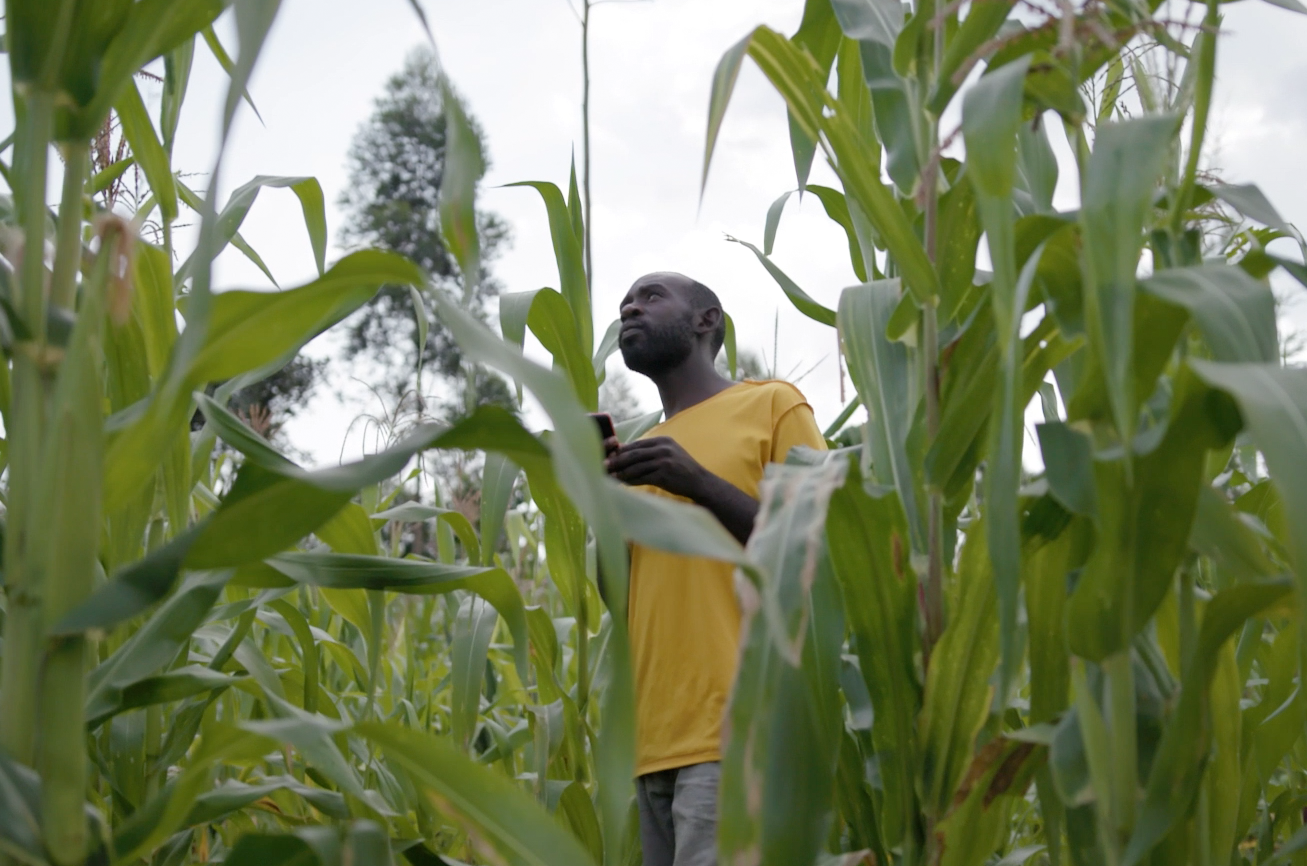
4. The smart money is in adaptation. Investing in adaptation is good for our health, the planet and the economy.
Adaptation efforts save lives and progress in adaptation has generated countless benefits worldwide.
The Synthesis Report establishes that there has been progress in adaptation planning and implementation and that growing awareness of climate impacts and risks has resulted in “at least 170 countries and many cities including adaptation in their climate policies and planning processes.”
However, adaptation responses are often fragmented and uneven, with observed gaps. For instance, although Covid-19 recovery presents an unprecedented opportunity to build back better, with adaptation leading the way, less than one-third of countries’ Covid-19 recovery packages have integrated climate risk information or resilience components.
In fact, G20 countries have directed nearly $300 billion in new funds towards fossil fuel activities since the beginning of the Covid-19 pandemic — more than they have toward clean energy.
To be truly transformational, adaptation must be scaled to the size of the climate crisis. It must respond to long-term risks and its distribution must be global. Countries, cities and companies must integrate climate risks into their economic growth and development plans. Sufficient human and financial resources, and societal commitment, can help adaptation transition from incremental to transformational.
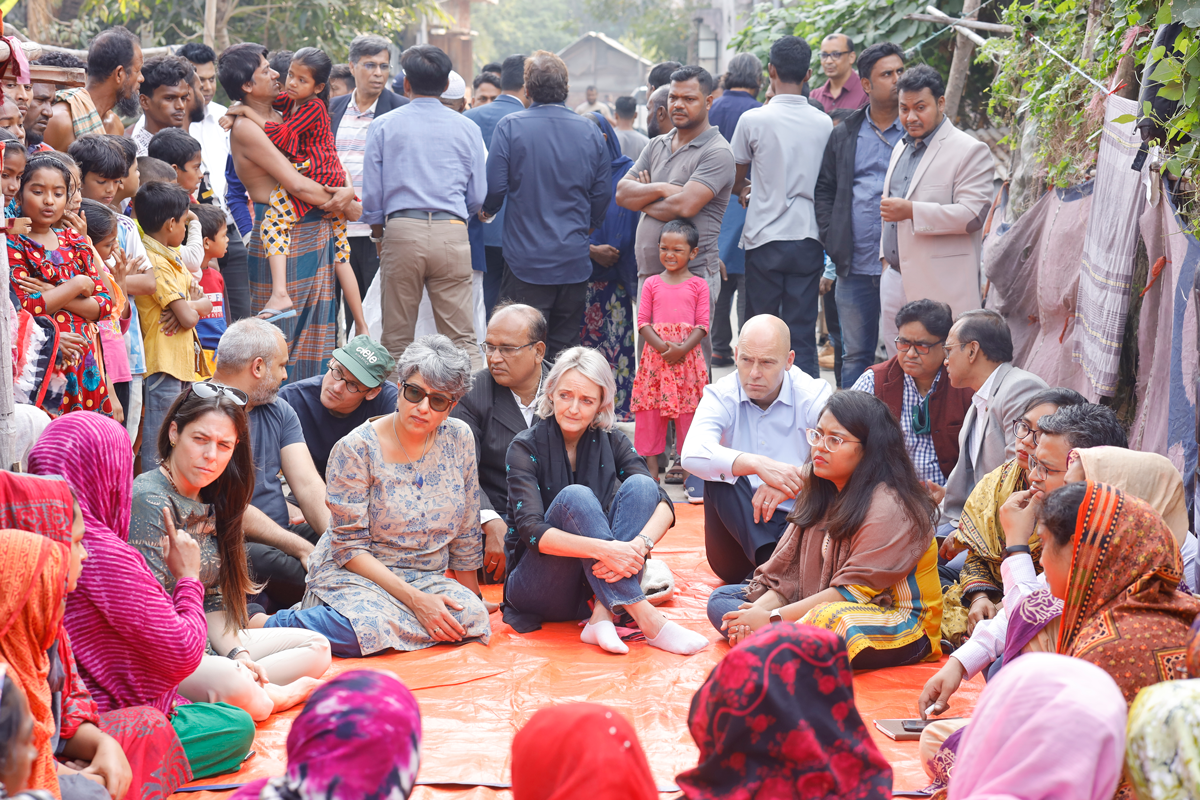
5. Time is running out. To achieve climate resilience, we must work together across societies and between countries.
“Climate resilient development is enabled when governments, civil society and the private sector make inclusive development choices that prioritize risk reduction, equity and justice, and when decision-making processes, finance and actions are integrated across governance levels, sectors, and timeframes,” states the IPCC report.
The report shows that in some places, “limits” to adaptation have already been reached, but makes abundantly clear that many of these limits are “soft limits”, which can be resolved with the right concerted actions, capacities, finance, policies and partnerships.
Traditionally marginalized groups such as women, youth, indigenous people, and ethnic minorities must engage in decision making and adaptation efforts.
GCA is a solutions broker that works at all levels – from the international to the local, in partnership with the public and private sector – to ensure we learn from each other and work together for a climate resilient future. The creation of linkages through the concertation of GCA’s research, programs and advocacy pillars means that a virtuous cycle of adaptation is set in motion.
GCA offers practical examples of this approach through its Youth Leadership Program, which brings the voices of youth to the table. Its Global Hub on Locally Led Adaptation empowers, informs and connects local communities and governments and its Water Adaptation Communities of Practice brings policy and decision makers and practitioners together to support climate adaptation in the water sector.

Gabriela Díaz Musmanni is GCA’s Communications Officer. She is a writer and an environment and human rights advocate from Costa Rica. Gabriela has worked in communications for the International Union for Conservation of Nature and the United Nations Development Programme. She has been a content editor at ReliefWeb, a humanitarian information service of the United Nations Office for Coordination of Humanitarian Affairs, and was a translator and editor for the Bangkok-based ECPAT International, a global network of organizations working to stop child sexual exploitation. Gabriela launched her career as the Environment and Human Rights reporter for an English newspaper in Costa Rica.